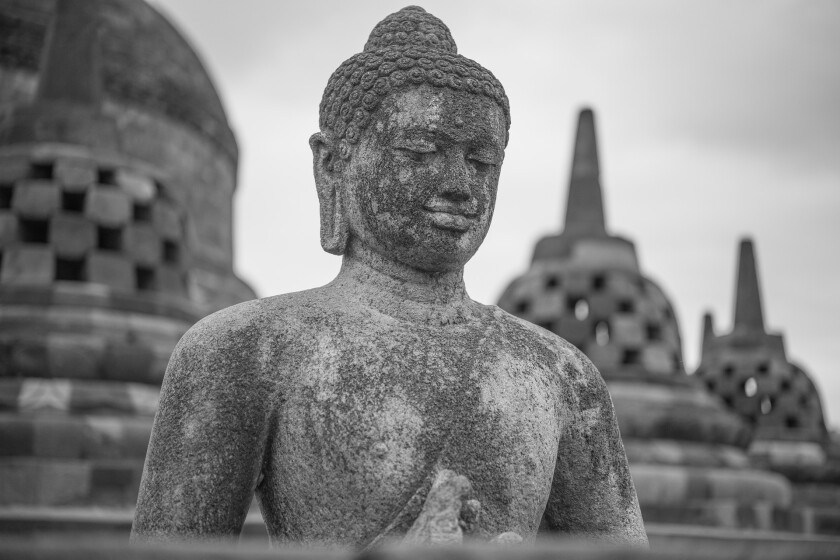Indonesia: Many, Yet One

The Southeast Asian country of Indonesia, also known as the “Emerald of the Equator,” is a country rich with diverse religion, language, land, and food. If you like walking along gorgeous beaches, snorkeling in blue waters, hiking to majestic volcanoes, and learning about exotic creatures, Indonesia should be on your list of places to visit.
So what is life like in Indonesia?
The Scenery
With over 17,000 islands, Indonesia is the largest island country in the world. Of these islands, Java is the most populous and is home to over 270 million people.
Being a country of islands, you may not be surprised to learn that Indonesia is filled with beautiful beaches. From Bali to Jakarta, you can find beaches nearly everywhere you go.
Along with the beaches, Indonesia has 400 volcanoes, 127 of which are still active, making this land one of the most active volcanic locations in the world. Indonesia’s volcanoes include Bromo, Merapi, Krakatoa, and Sinabung. You can take a guided hike up Sinabung where you’ll find breathtaking sky-high views of the ocean and green jungles.
Indonesia is also home to an assortment of wildly intriguing animals, including the Komodo dragon, the black acaque, the Javan rhinoceros, the Borneo elephant, the pygmy tarsier, and the Sumatran tiger.

The People
In Indonesia, you can hear the call to prayer coming from mosques five times a day. While Indonesia holds the highest population of Muslims of any country in the world, people of other religions also live in the country—including Christians, Hindus, Buddhists, and Confucians.
Almost everyone in Indonesia speaks two languages: the unifying language of Bahasa Indonesia and the tribal language of where they grew up (Javanese, Batakanese, Sundanese, Mor, or Balinese). Apa kabar directly translated from Bahasa Indonesia means “what is the news,” and this is how Indonesians greet each other.
Because of Indonesia’s religious and linguistic diversity, the national motto is Bhinneka tunggal ika which means “Unity in Diversity” or literally translated means “Many, Yet One.”

The Food
From nasi goreng (Indonesian fried rice) to nasi rawong (rice and beef stew), Indonesia offers an array of original cuisine. On the streets of Indonesia, you can buy snacks like tempe (fried soybean) and tahu (fried tofu). For something sweet, try pisang goreng (fried banana) or es kelapa muda (coconut drink).
Some unique fruits in Indonesia include the Bali Pomelo Tangerine, Durian, Mangosteen, Rambutan, salak, and papaya.
From the landscapes, languages, animals, and foods, life in Indonesia is full of diverse beauty.
A Few Tips for Travelers
Keep your eye on the status of COVID-19 in Indonesia so you know when the country is ready for tourists to visit safely.
Keep in mind the cultural influence of Muslims and the importance of modesty. While Bali is more accustomed to tourists and travelers, other areas of Indonesia are less traveled.
The head is considered sacred, so don’t touch anyone’s head.
Since the roads typically don’t have crosswalks, when you’re trying to cross through busy traffic, put your hand out and walk so that vehicles stop for you.
If you travel in a public bus (called an angkot), remember to signal the driver when you want to get off—this is done by hitting the roof!